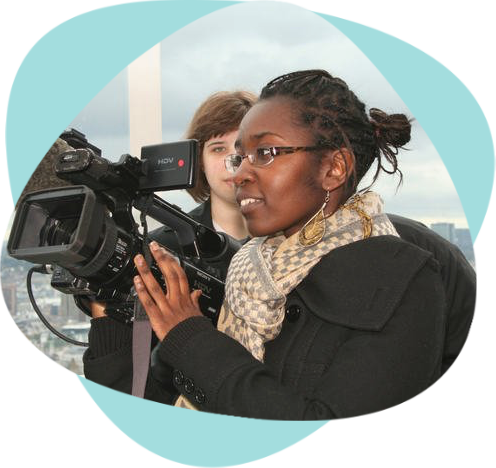Linking the critical and the creative
The various approaches to creative work within film education have all referred to the link between watching films and making films.

The various approaches to creative work within film education have all referred to the link between watching films and making films.

Producing a piece of creative work from start to finish can be a revelatory experience for young people. In many instances it draws a connection between them and the films they love by highlighting the processes undergone by all filmmakers. Long term practical engagement means that, just like professional filmmakers, students develop an understanding that they are not going to get it right all of the time. It is important that students have the space and time to develop as filmmakers and can see their work in the context of their peers.
It is that relationship between watching and making that is crucial.
Often, when it comes to film making, students, without guidance, rarely seem to consider how they could use different shots and the rhythm of editing to visually engage the viewer and build up tension. All too often the zoom button on the camera and the transition effects menu on the editing suite seemed to be their only way of trying to visually enhance their story. Blinding by technology rather than visually thinking was their sole ‘aesthetic’ approach.
If we are looking to develop a creative use within the technology that we have available to us in the classroom then we need to consider the touchstones of communication, within the medium of communication, before the actual technology we use to communicate. The word comes before the pen; the thought comes before the story. Looking comes before the paintbrush; the intention comes before the framing. Thought, intention, choice and decision eventually lead to what we read on a page or see on a screen. And there are the key motivators for us as creators – be it of poem, story, essay or film.
What do I want to communicate? Why do I want to communicate this idea? How do I want to communicate? Why do I choose this shot/this word to communicate the previous decision.
As has been suggested in the previous steps our key aims in creative work should be to:
One way of summing this up is that we want our students to be critically creative and creatively critical, to explore film making through film viewing.
Use this notepad feature to write down answers and your thoughts to questions posed throughout this resource.
Open Notepad